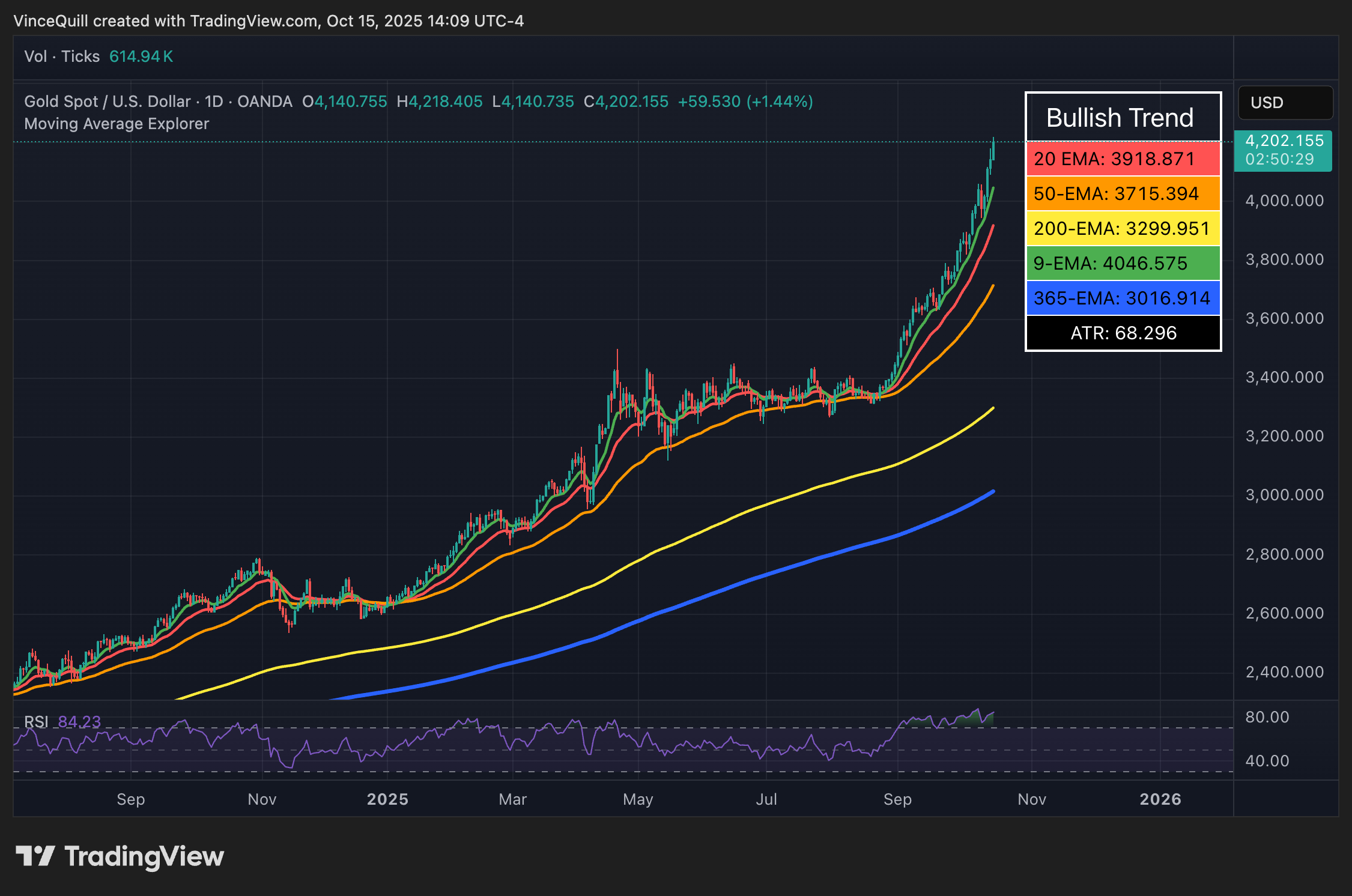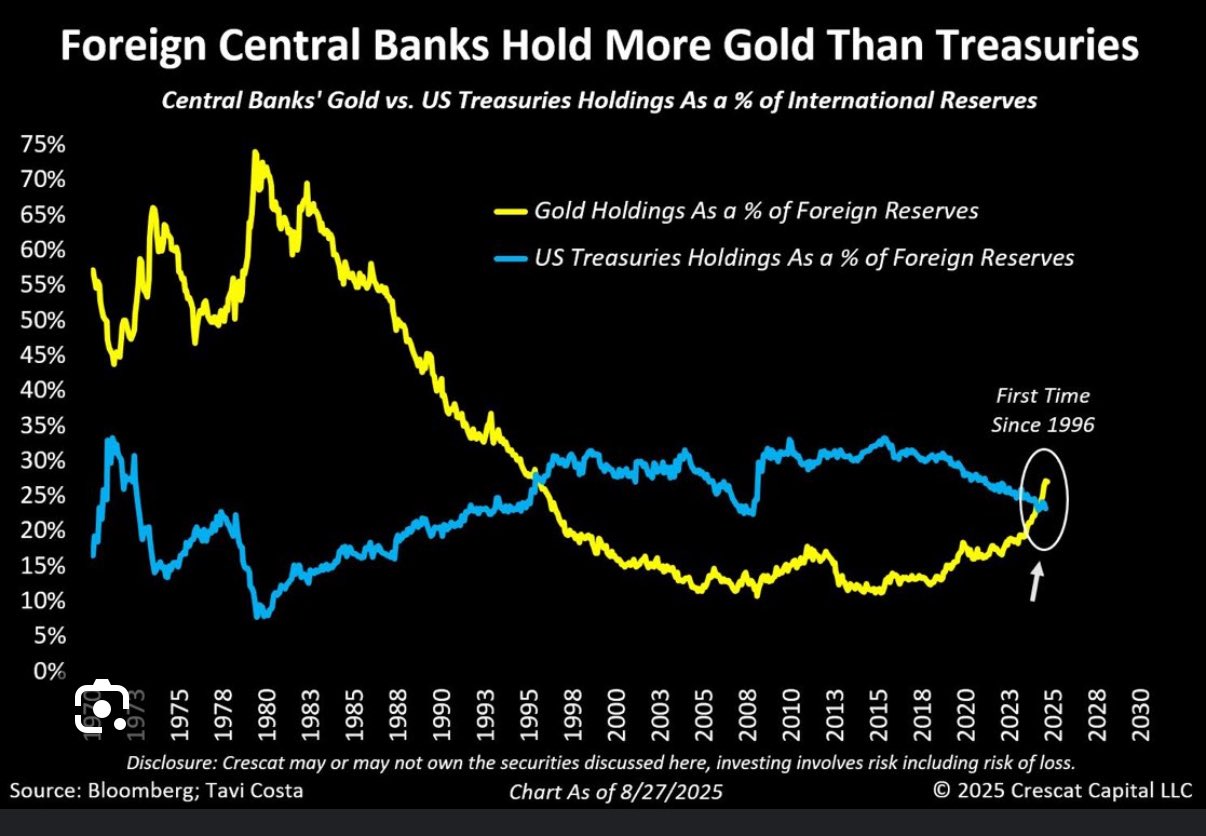
Surge in Gold Sales: Long Lines Form at Retail Stores as Prices Reach Unprecedented Heights
Amid currency devaluation and economic instability, gold prices rise sharply, prompting consumers to buy physical gold in large quantities.
Gold prices recently surged to a record high of over $4,200 per ounce due to increased demand from both retail consumers purchasing physical gold and central banks accumulating it to protect against currency devaluation.
Reports indicate that consumers are actively seeking gold as a safe investment amid rising global economic uncertainty. In Sydney, Australia, long lines formed outside ABC Bullion’s shop, with some customers waiting nearly 200 feet to buy gold.
Customers cited economic instability, the declining US dollar, and a lack of trust in financial institutions as motivations for their investments in gold.
The price of gold has increased approximately 61% in 2023, according to Yahoo Finance.
 Price of gold reaches a new peak
The price of gold hits a new all-time high of over $4,200 per ounce. Source: TradingView
Price of gold reaches a new peak
The price of gold hits a new all-time high of over $4,200 per ounce. Source: TradingView
In August, gold constituted over 25% of global central bank reserves, surpassing US Treasury holdings for the first time since 1996, as noted by economist Mohamed El-Erian. This trend highlights a shift towards safe-haven assets. As reported by The Kobeissi Letter:
“Gold, Silver, and Bitcoin are now all in the top 10 largest assets in the world. These are all typically viewed as safe-haven assets that rise when stocks fall.”
The declining US dollar is expected to face its worst year since 1973, while both Bitcoin and gold reach historic highs. The depreciation of currency and diminishing faith in traditional financial institutions often spur interest in hard assets.
 Gold’s prominence in central bank reserves
Gold overtakes US Treasurys as a percentage of worldwide central bank reserves. Source: Mohamed El-Erian
Gold’s prominence in central bank reserves
Gold overtakes US Treasurys as a percentage of worldwide central bank reserves. Source: Mohamed El-Erian
Ongoing Discussion about Bitcoin as a Safe Asset
BTC, with its fixed supply and non-censorship features, has similar attributes to gold as a store of value. However, it remains highly volatile, trading around a market cap of $2.2 trillion compared to gold’s $2.9 trillion, affecting its price responsiveness.
The recent market pullback saw Bitcoin prices drop roughly 8.8% following a significant market crash last Friday, where some altcoins plummeted more than 95% in just 24 hours.
While some analysts interpreted the modest decline in Bitcoin’s price against altcoins as strength, others saw its disengagement with gold as contradictory to its narrative as a safe asset.
Peter Schiff, a noted critic of Bitcoin, recently stated that the decline in Bitcoin prices, juxtaposed with gold’s record surge, signifies the end of the BTC bull market.



